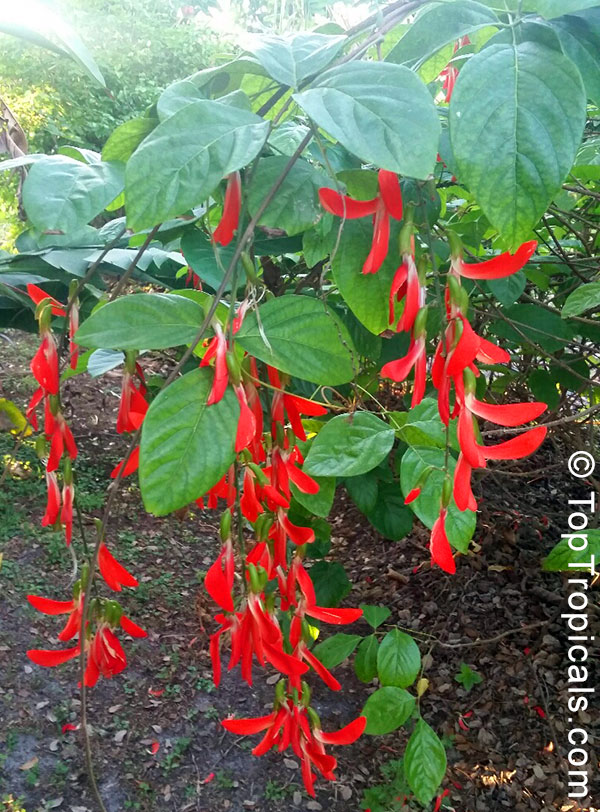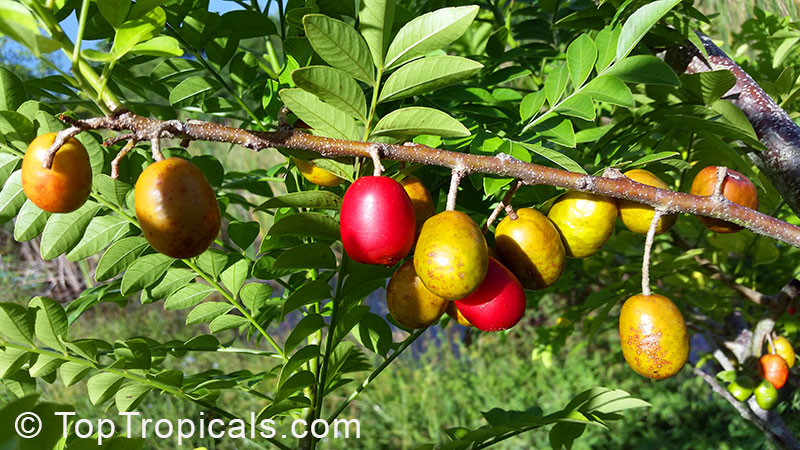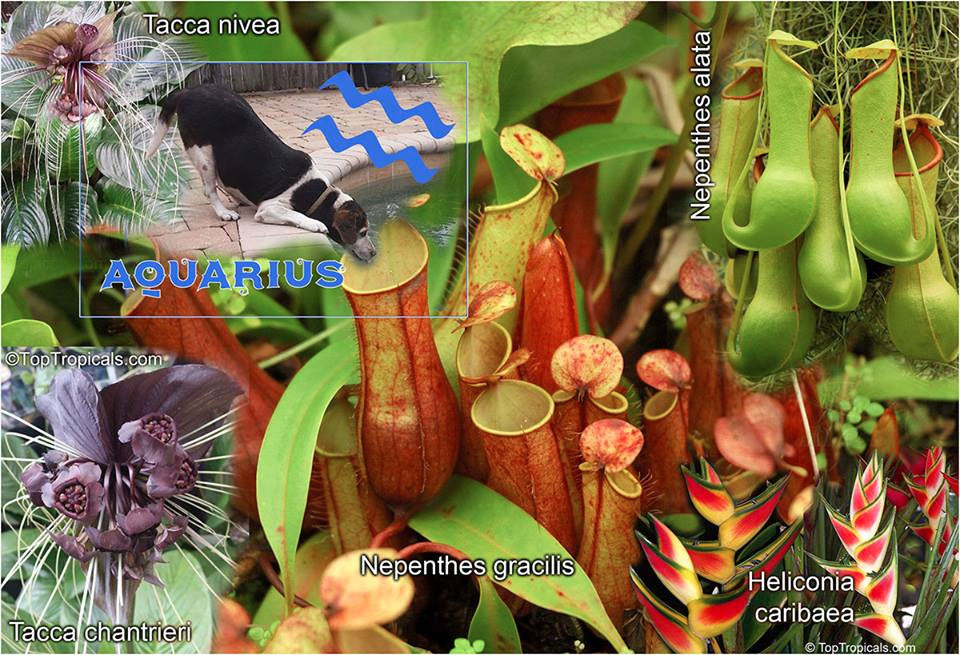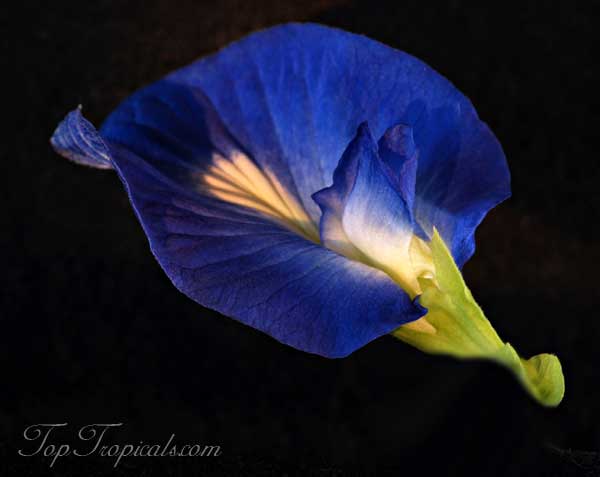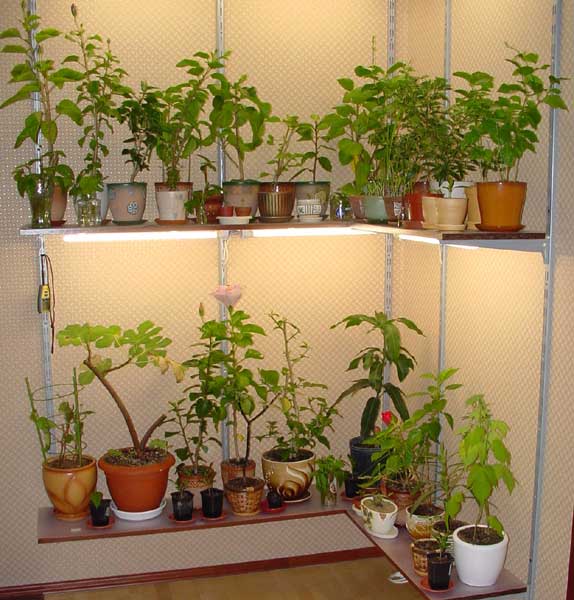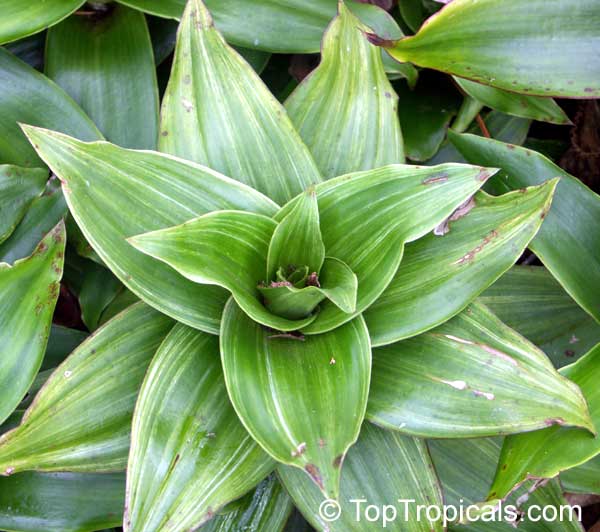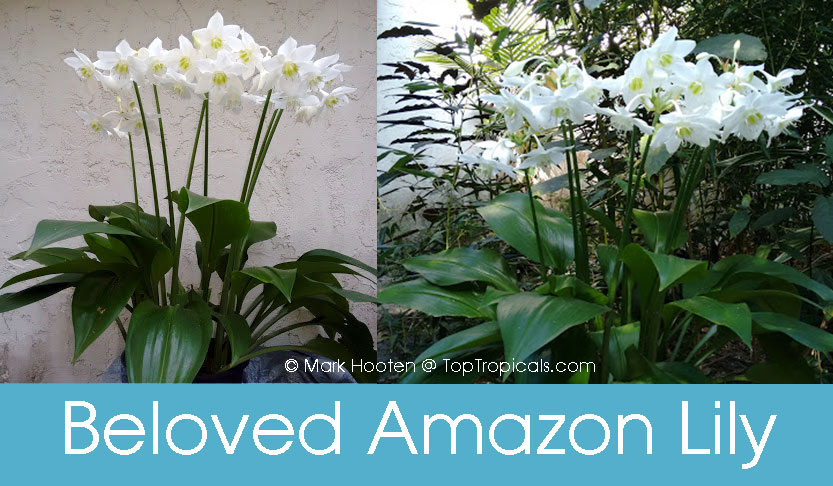Garden Blog - Top Tropicals
Date:
Deciduous plants soon sprouting
Many people believe that living in a warm climate will dissuade a plant from its deciduous nature. However, deciduous plants react to not only temperate but also shortened hours of daylight and changes in precipitation. Additionally, some plants will drop foliage in phases between new growth, and others use abscission to aid in pollination; blooming without wind-blocking leaves and making flowers more visible for insects.
When pruning a deciduous tree or shrub, it's generally best to wait until late winter or early spring, before the plant begins to leaf out. Avoid pruning during periods of new growth; during this time, the plant is weakened by the struggle to reestablish its growth process. Before pruning your deciduous plant, first research the specific plant, as there will always be exceptions to general instruction. For example, many Rubus varieties desire to prune in late fall, as their buds are developed during the dormant winter season. Some trees may have flower or fruit during winter while having no leaves, give them a chance to flower before pruning.
On the photo: Winter flowering Bombax ceiba in full bloom.
Date:
Featured plant. Capsicum frutescens - Wiri Wiri Pepper
Capsicum frutescens - Wiri Wiri Pepper
A variety from Guyana, the Wiri Wiri pepper is the illustrious gem; hard
sought and rarely found. This plant produces good yields of small 1/2" berry
shaped hot peppers. Peppers grow upright, are very hot, and turn from green,
to orange, to red when mature.
What makes it so much different than any other hot pepper grown in the
garden or bought at the store?
Hot? Yes, it is important that hot peppers are, but the people who
really know, know that it is not just about heat, it is about flavor! And that is
exactly what makes this little red gem so special. Guyanese dinners will
only take one of those meals for you to never forget! The secret of their food
is the flavor, and one of the cornerstone ingredients in many of their dishes
is the Wiri pepper. The Guyanese population claim that it is not just a key
ingredient to their diet, but also to why they are so good looking, live so
long and have such great skin.
Date:
Lovely Madagascar Jasmine (Stephanotis)
By Mark Hooten, the Garden Doc
 Question: Could you recommend an easy to grow flowering vine for a
large trellis? Something with a sweet fragrance?
Question: Could you recommend an easy to grow flowering vine for a
large trellis? Something with a sweet fragrance?
Answer: Personally, I have to consider the "Madagascar Jasmine" (Stephanotis) as being one of my favorite flowering vines. I used to grow one as a windowsill-plant in Indiana when I was just a kid. Even indoors in the far north, (wrapping itself around a small home-made bamboo trellis), it somehow managed to reliably flower off and on all year long, even in mid-winter... Continue reading...
Date:
Featured plant.Camptosema grandiflora - Dwarf Red Jade Vine
Camptosema grandiflora - Dwarf Red Jade Vine
Dwarf Red Jade vine. If you always wanted to own THE Red Jade Vine, here is your chance! Also called Cuitelo, Crista-De-Galo (Rooster's Crest), it is sometimes miss-identified as a Mucuna species. This amazing eye-catcher is closely related to Red Jade Vine, however, it is much hardier than the ultra-tropical Mucuna benettii! It is a spectacular fast-growing vine from Brazil with long pendulous chains of fiery bright red flowers. Heavy vine, it needs large trellis or pagoda. An arbor is ideal so that the brilliant flowering racemes can hang down from the ceiling. Blooms in fall and winter. Prune heavily in spring after flowering. Give full or partial sun with adequate moisture and fertilizer. It is very easy to grow, can tolerate some drought and light frost.
Date:
Happy 2019 - Year of Earth Pig!
2019 is the Year of the Earth Pig, according to the Chinese Calendar,
and it just started February 5!
In 2019, the corresponding element is once again Earth, as it was in
2018. So what happens when you mix the Pig with the Earth Element?
An Earth Pig year combines a realistic but happy-go-lucky sociable pig combined with the steady and sensible characteristics of Earth, it combines the relaxed attitude of the animal with a very "down-to-earth" realistic climate, don't try to push too hard, this is a time to take things in stride. For the Pig, it was definitely all about the journey and not the destination! Because of the Pig's willingness to always help others out, it tends to bring good things to everyone around him. The Pig in Chinese culture represents wealth and prosperity.
2019 is a good year for giving your garden a fresh start, and especially for establishing new fruit trees that will bring you the enjoyment of deliciousness and... always healthy good food on the table!
2019 Super Fruit
This year, to keep the Pig happy and helpful, every tropical gardener should get a Hog Plum - a fast-growing and easy to care rare fruit tree with delicious aromatic fruit. It will fruit for you this year!
For lucky Zodiac plants, see Plant Horoscope Page.
Date:
Aquarius Plant Horoscope

Aquarius - 1/22 -
2/18.
Aquarius is an AIR sign ruled by odd-ball Uranus.
The water-bearer's plants will often grow in unusual places and may vary in
appearance. They often have purple or blue flowers, or may have unusual
colors.
The most healing and beneficial plants for Aquarius are the ones that help
circulation, relax the nervous system, or promote inspiration. When Uranus
was discovered, it replaced Mercury as ruler of Aquarius. Physiologically,
Uranus rules the bioelectrical impulses that power the body's nervous system
(nervous tension and nervous exhaustion brought on by powerful changes in the
environment are related to both Mercury and Uranus). Physically, Aquarius
rules the lower legs, the calves, and the ankles, and the electrical impulses
that travel through the body's nervous system. The nervous system itself is
ruled by Mercury, and Uranus is said to be a "higher octave" of Mercury. Since
Uranus was discovered after the correspondences with plants had been
established, the herbs used in Aquarius are Mercury herbs. Always difficult to
pinpoint, quirky Aquarius appreciates the unusual and complex flavor of star anise. Use this star-shaped spice when you wish to bring happy
surprises into your life.
Aquarius Zodiac lucky plants:
Anise, Orchid, Golden rain - Koelreuteria paniculata, Bird of Paradise, Heliconia, Petrea, Mandevilla, Jasminum, Kiwi, Persimmon, Loquat, Olive, Alocasia, Colocasia, Citrus, Apple, Peppers, Gingers, Carambola, herbs spicy with an unusual flavor, White Pothos, Ivy, Shami - Prosopis cineraria, Neem, Medinilla, Sheesham Tree, Catnip, Passion fruit, Valerian, Aloe, Myrrh, Kava-kava, Cinnamon, Clove, Eucalyptus, Coffee, Cola nut, Nepenthes, Vanilla Orchid, Strongylodon - Jade vine, Tacca - Bat Lily, Eranthemums, Agapanthus, Orchid trees, Bolusanthus, Chamaedorea metallica, Clerodendrum ugandense, Clitoria, Duranta, Guaiacum, Jacaranda, Lavanda.
For other signs information, see full Plant Horoscope.
Date:
Featured plant. Clitoria ternatea - Blue Butterfly Pea
Clitoria ternatea - Blue Butterfly Pea
Butterfly pea, Asian pigeonwings. Perfect vine! Blooms year-round, fast growing, easy, not invasive, controllable, not messy, curious bright blue flower - Clitoris-like flower shape, hence the name of the plant. Fast-growing climber with fine foliage, pinnate leaves. Besides being a great ornamental, this plant has some practical and medicinal value. The seed pods are edible, as well as the flowers. The flowers are used for blue food dye for rice and teas. It is also a nitrogen fixer and helps prevent E-coli.
Date:
How to set up indoor lighting for tropical plants
Q: My tropical plant collection goes indoors for winter. I have over 100 plants now and all windowsill space is taken. I am planning to build some shelves so I can also start some rare seeds indoors. Can you advise me on the choice of the grow lights so I can do it right?
A: Indoor plants are very unlucky: they have to grow in "caves," and everybody knows that plants don't grow in the caves. The luckiest plants win sunny windowsills, but even there they dwell rather like in underbrush under tall trees, where the sun illuminate them only early in the morning or in the evening, and its light is diffused by foliage. Usually, domestic plants are in desperate lack of illumination not only in winter but also in summer. No light - no growth, no flowering. So, plants need extra light to compensate for the lack of illumination in the "room-cave" conditions. And here is some science behind it...
Check out our selection of tropical plants tolerant to low light conditions.
Date:
Callisia fragrans variegata - Variegated Golden Tendril
This is an extremely rare variety of the Russian Holistic Medicinal Plant - Golden Tendril. The plant has wide medicinal use in Europe and Russia, literally every household, millions of Russians use this plant as a home remedy...
Date:
BELOVED AMAZON LILY
By Mark Hooten, the Garden Doc
Question: I'm hoping you can recommend a lush looking houseplant which will be happy in an otherwise bright "sun room" which receives only a little actual sunlight. Something that looks tropical and exotic, and maybe even makes flowers which are fragrant?
Answer: Perfect timing because at this moment, my much beloved Amazon Lily (Eucharis grandiflora) is currently flowering spectacularly! I've had this particular plant for nearly twenty years, and it's one of my absolute favorites.
Check out our large selection of rare beauties that are great as houseplants.




